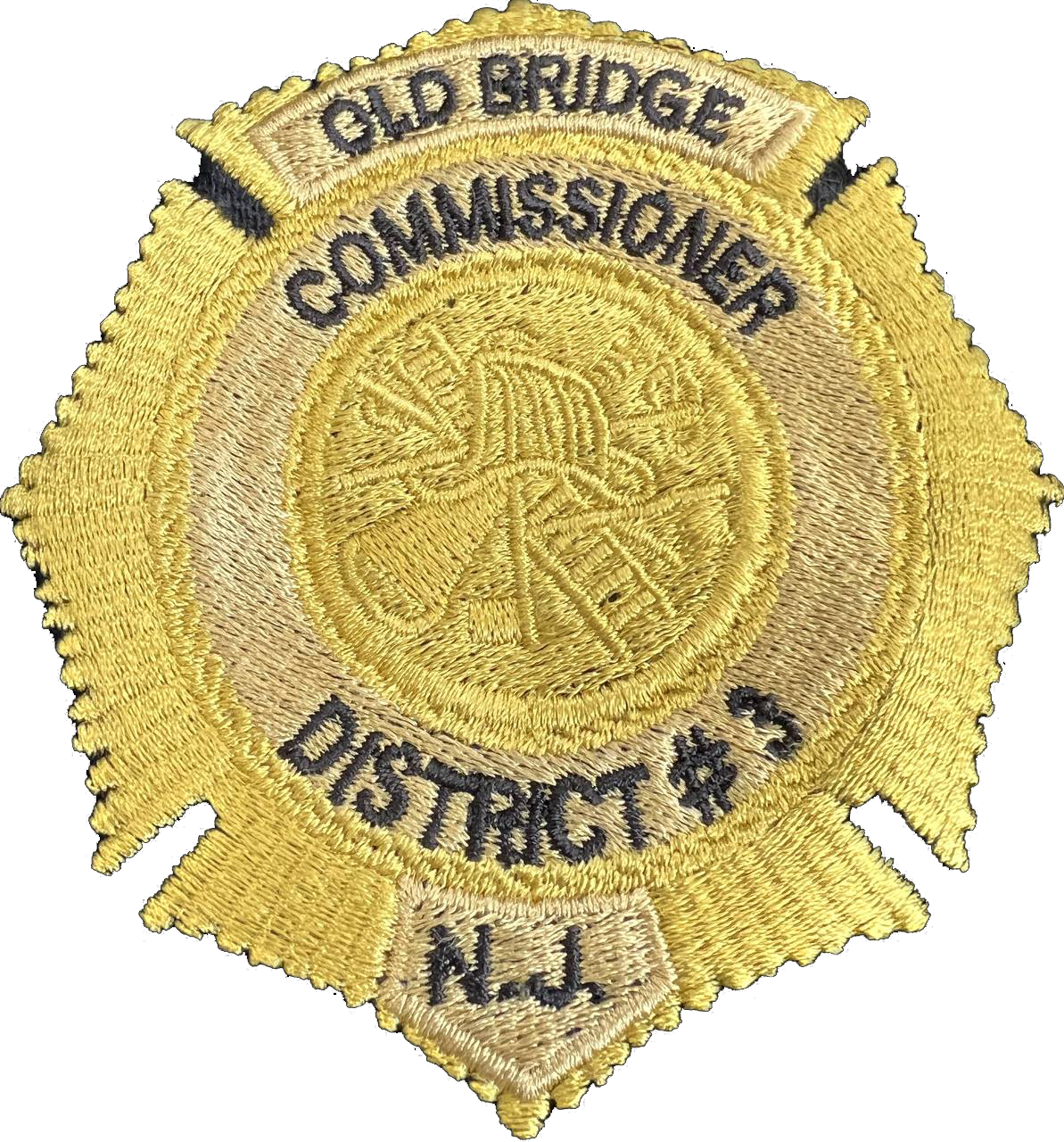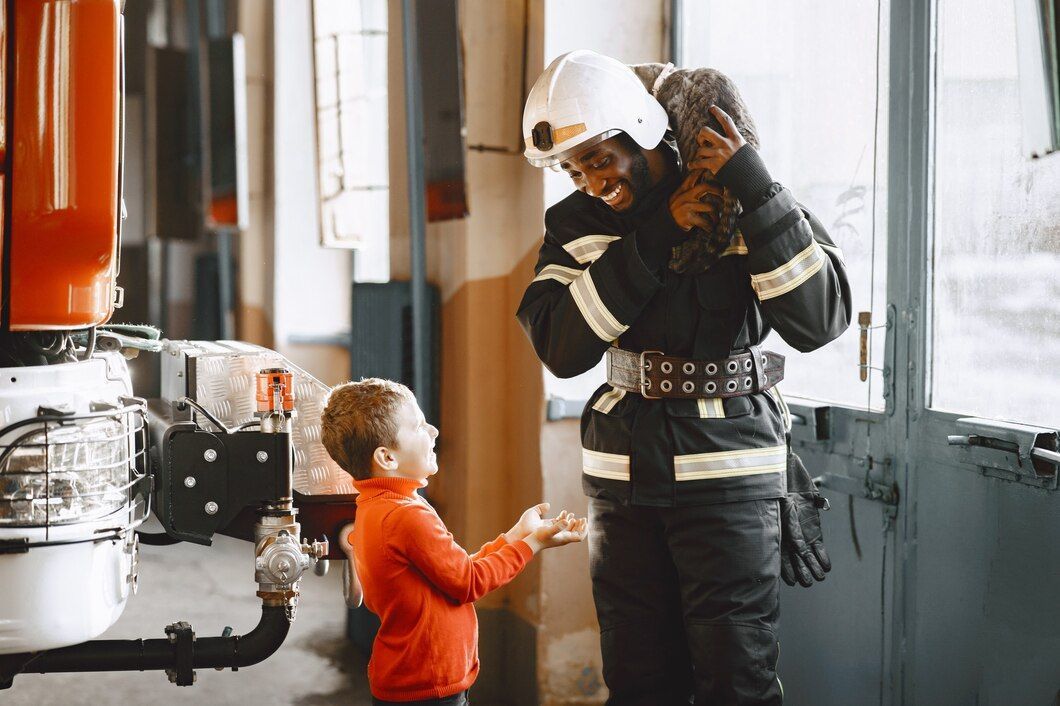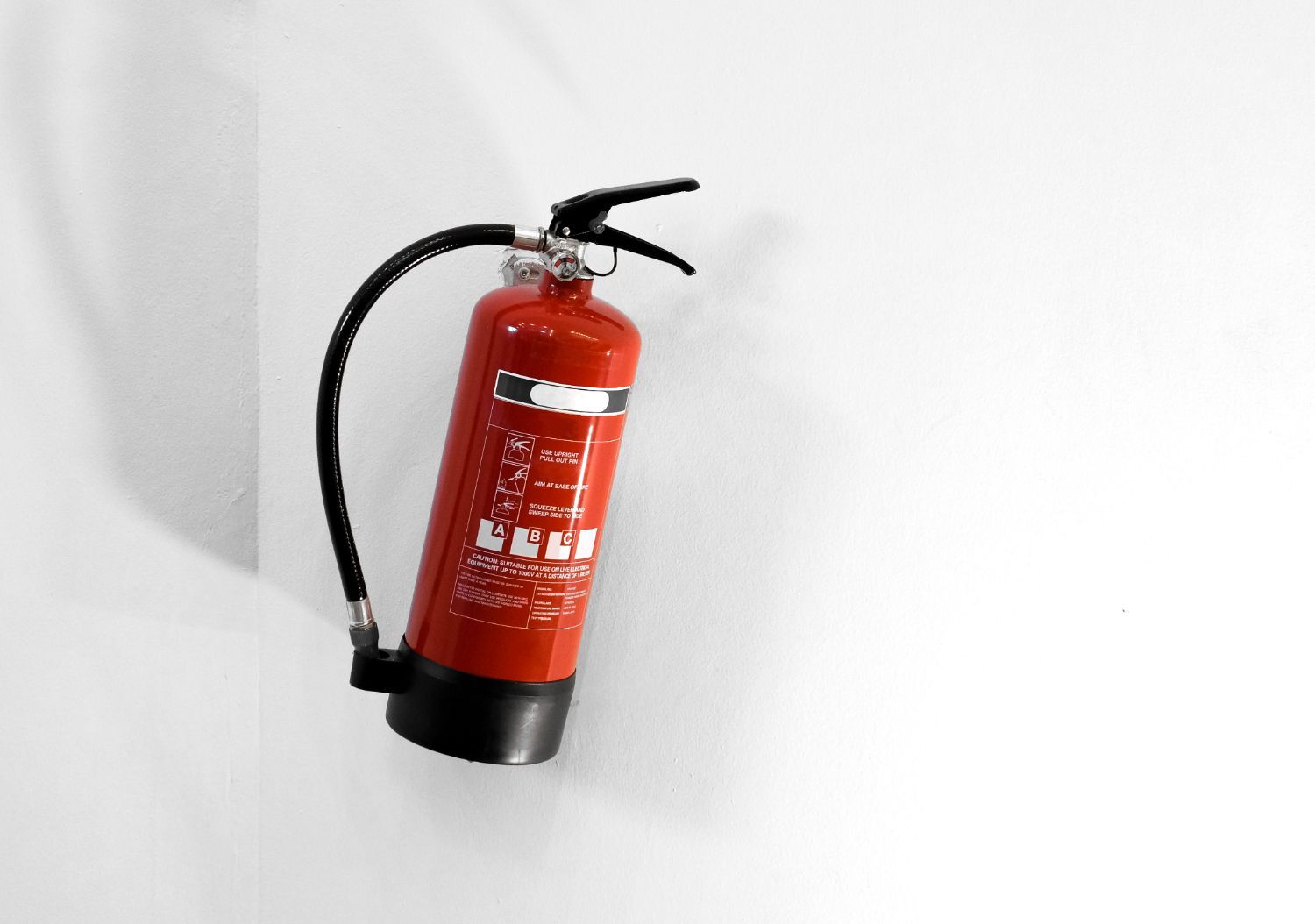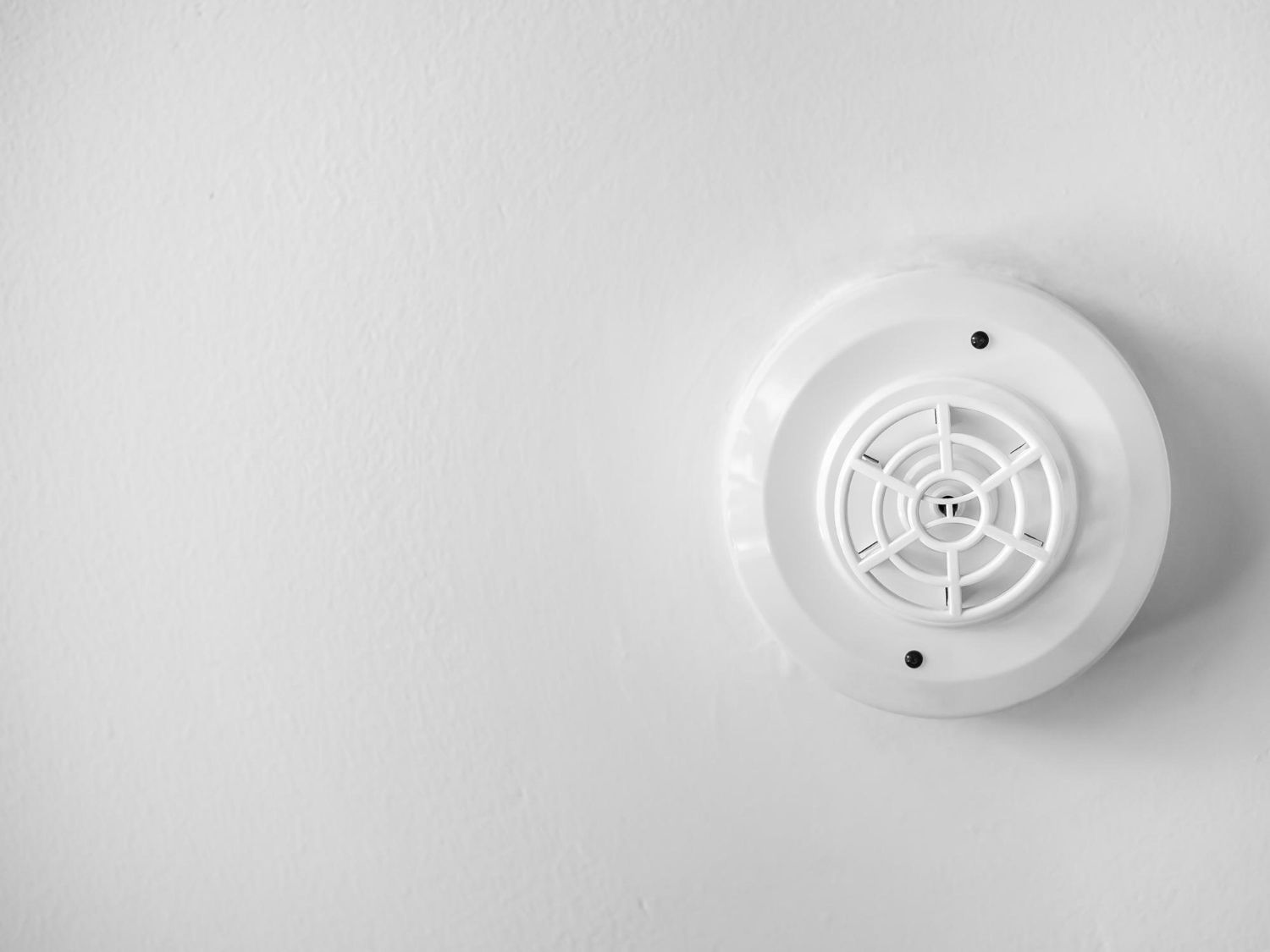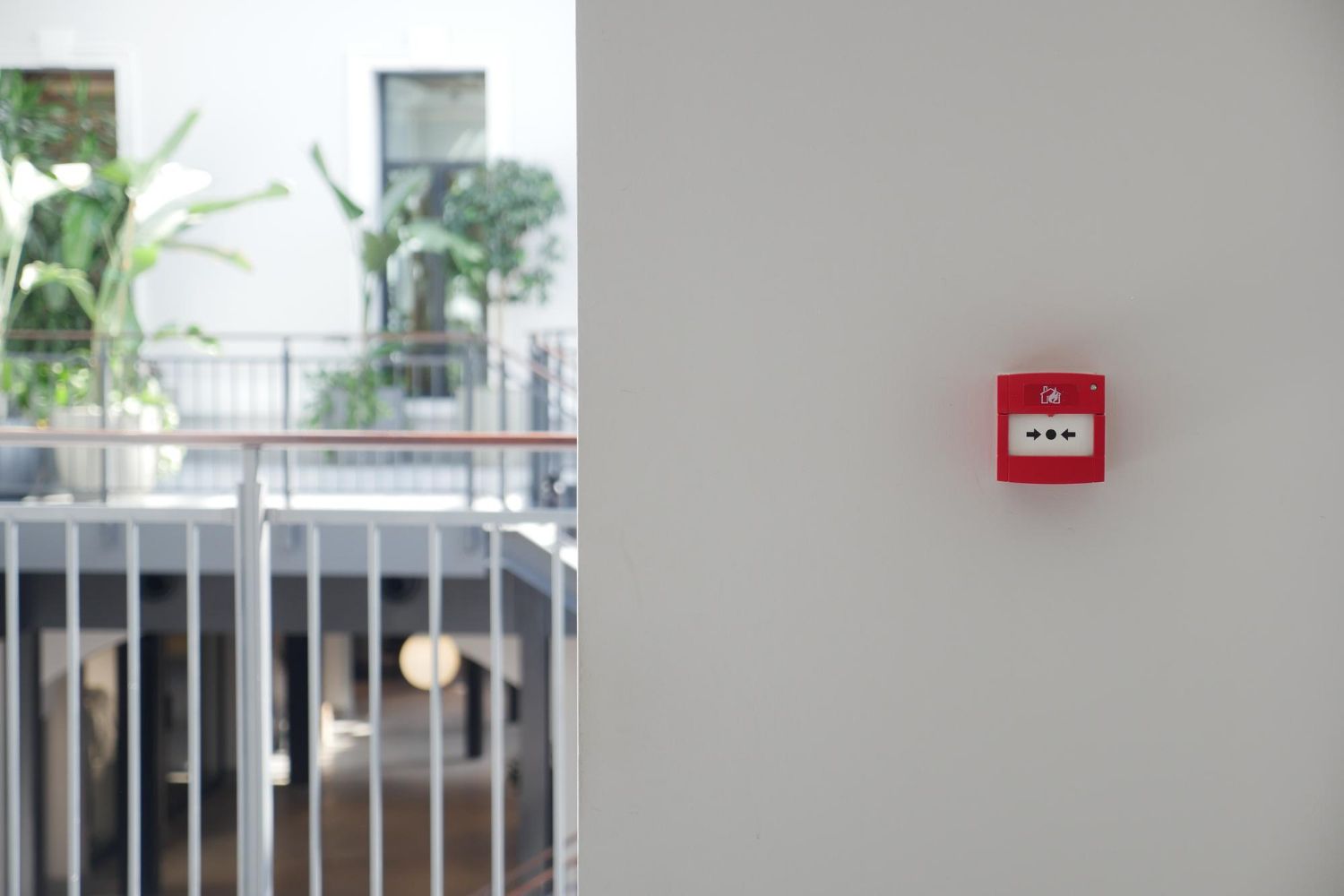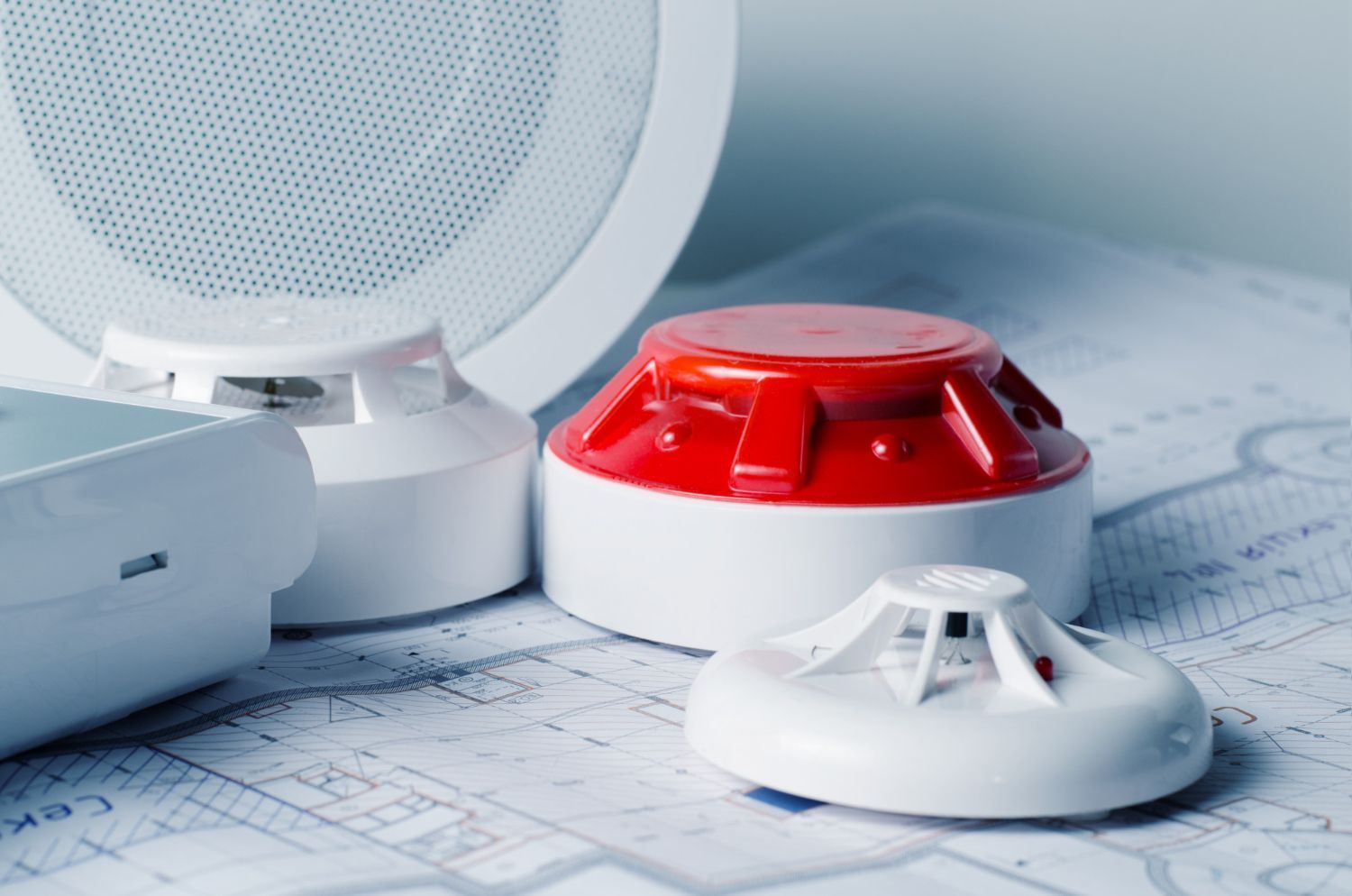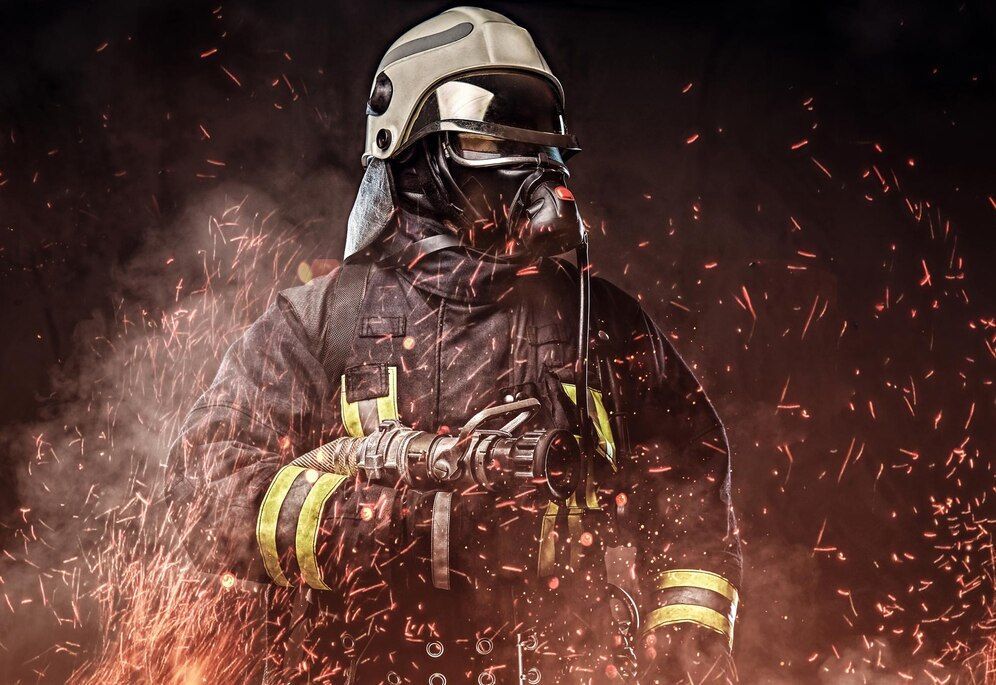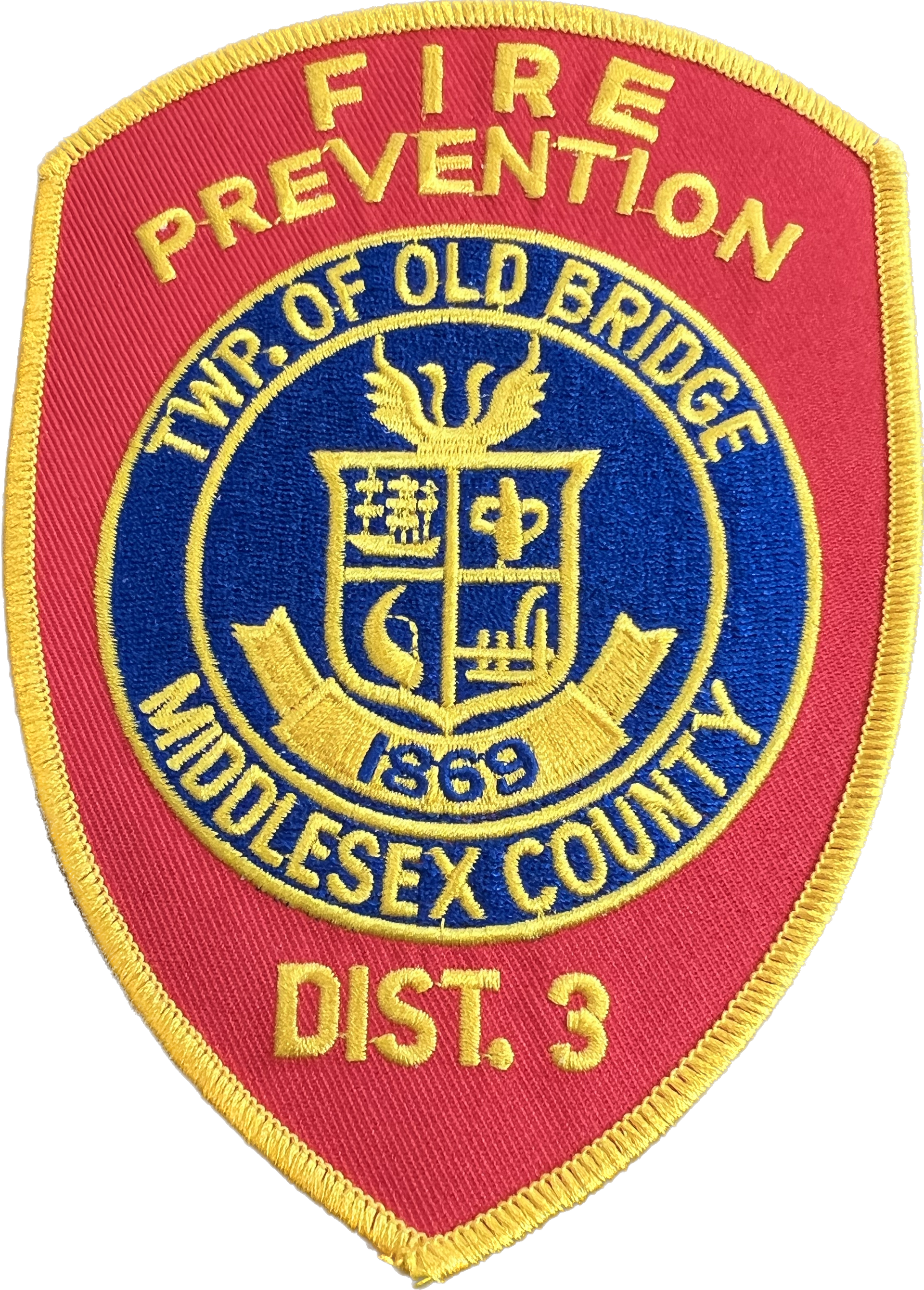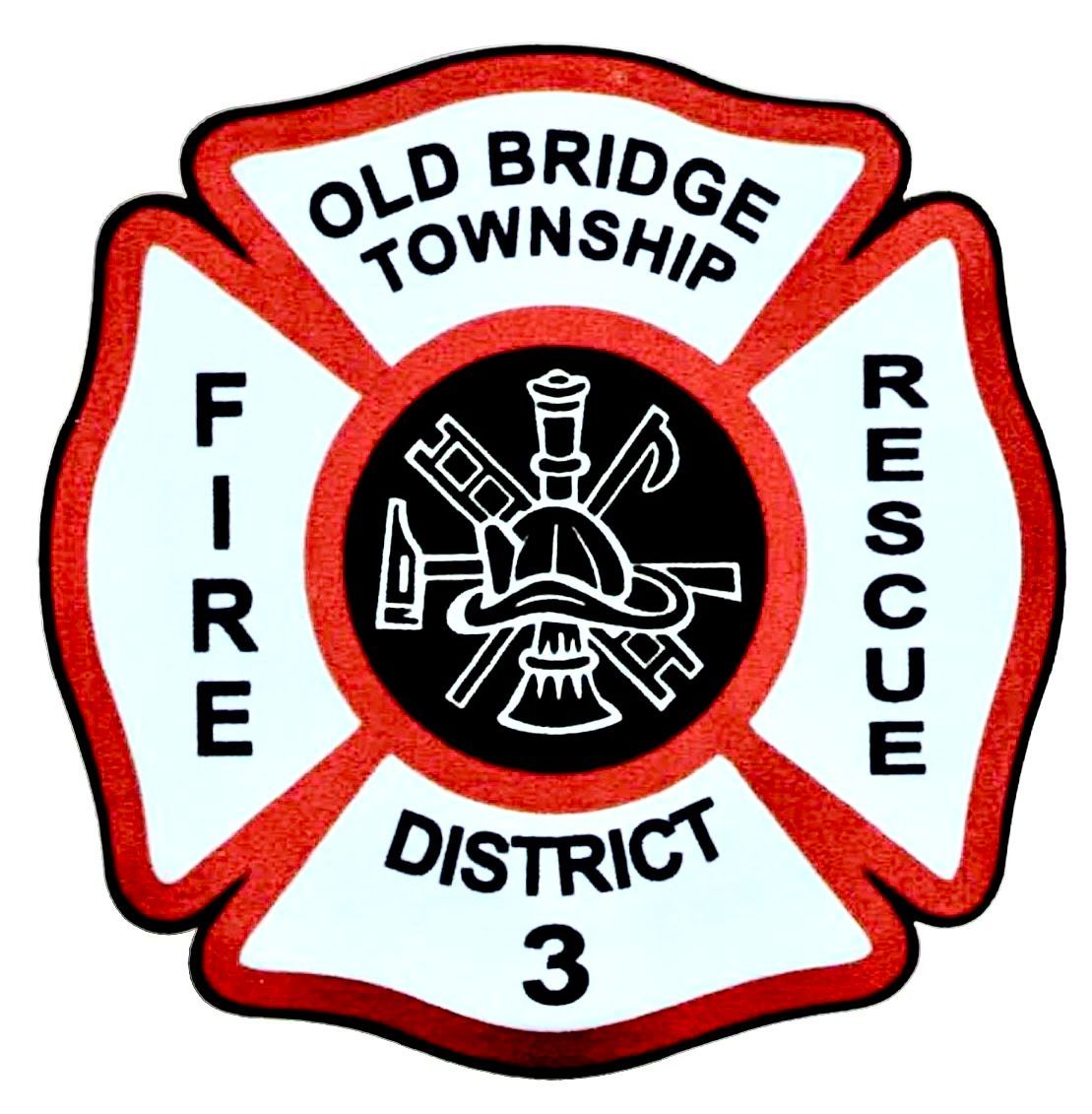Our Guide to Kitchen Fire Safety
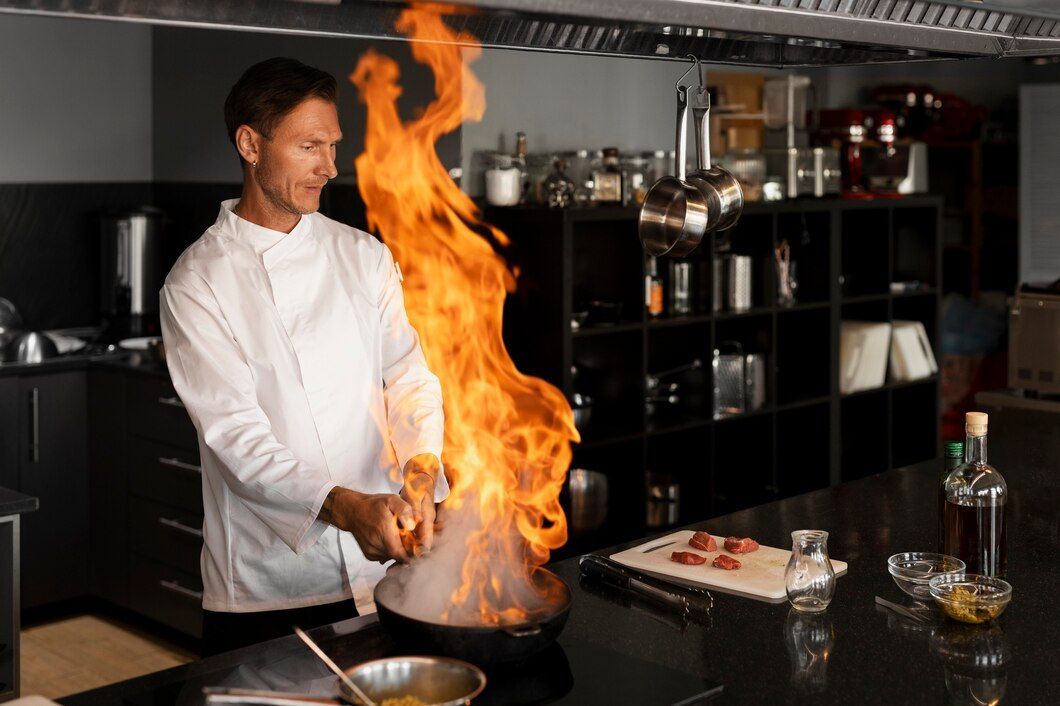
Cooking is a joyful activity that fills our homes with delicious smells and memories. However, it also comes with fire risks that we must take seriously. The kitchen is often the heart of the home, but it's also the place where most home fires start. As the Board of Fire Commissioners, Fire District 3, Township of Old Bridge, we want to help you keep this vital space safe.
Fire safety in the kitchen starts with being aware of potential hazards. This includes anything from flammable items near the stove to improper handling of hot oil. By identifying these risks and knowing how to manage them, we can significantly reduce the chances of a fire breaking out.
Cooking safely involves more than just turning the stove on and off. It requires proper techniques, maintaining clean cooking equipment, and quickly handling emergencies. In this article, we will provide practical tips to help you cook safely without compromising on enjoyment. Understanding these safety tips will allow everyone in the household to cook without worries and keep our homes secure.
Prevent Kitchen Disasters: Fire Safety Tips
1. Identifying Fire Hazards in the Kitchen
In the kitchen, there are several potential fire hazards we need to be aware of. Identifying these risks can help us prevent kitchen fires before they start. One major hazard is unattended cooking. Leaving food cooking on the stove without supervision is the leading cause of kitchen fires. Grease build-up on stovetops, ovens, and exhaust fans can also ignite easily if exposed to high heat or open flames.
Loose clothing and flammable items stored near the stove are other significant hazards. Clothing like long sleeves can catch fire while reaching over burners. Items such as oven mitts, towels, and paper products should be kept away from heat sources.
Electrical appliances, like toasters and microwaves, can pose risks if they are faulty or used improperly. Checking for frayed cords and ensuring appliances are in good working condition can minimize these dangers.
2. Safe Cooking Practices: What We Recommend
Following safe cooking practices can significantly reduce the risk of kitchen fires. One essential rule is to stay in the kitchen while cooking, especially when using the stove. If we need to step away, turning off the burner or assigning someone to watch the food can prevent unattended cooking fires. Keeping the cooking area clean by wiping up grease spills and crumbs can also reduce fire risks.
We should always use cooking equipment as intended. Avoid using metal in microwaves, which can spark and cause a fire. Keeping pot handles turned inward ensures that young children or pets do not accidentally knock them over. Using the appropriate cookware is essential, as certain materials might not withstand high temperatures.
By practicing these safety measures, we can enjoy cooking while keeping our kitchens safe. Simple habits like proper supervision and cleanliness go a long way in preventing fires. Equipped with this knowledge, we can all contribute to a safer cooking environment.
3. Proper Use and Maintenance of Kitchen Appliances
Using and maintaining kitchen appliances correctly is crucial for preventing fires. Firstly, always read and follow the manufacturer’s instructions for each appliance. Using an appliance beyond its intended function can cause it to malfunction and potentially catch fire. For instance, avoid overloading toaster ovens and ensure microwave-safe containers are used.
Keep appliances clean and in good working order. Food particles and grease can build up in appliances like toasters and ovens, posing a fire risk. Regular cleaning can prevent these buildups.
Check the cords of all electrical appliances for fraying or other damage. A damaged cord can result in overheating or sparks, leading to a fire—unplugging appliances when not in use is a good habit that reduces the risk of electrical fires.
4. Steps to Take If a Kitchen Fire Breaks Out
Knowing how to respond if a kitchen fire breaks out is crucial. The first step is to stay calm and act quickly. If a fire starts on the stove, cover the pan with a lid to smother the flames. Never use water on a grease fire, as it can cause the fire to spread. Turn off the heat source if it's safe to do so.
If a fire occurs in the oven or microwave, keep the door closed and turn off the appliance. Keeping the door closed prevents oxygen from feeding the flames. For small fires, a fire extinguisher can be used if you know how to operate it safely.
Remember the PASS technique: Pull the pin, Aim at the base, Squeeze the handle, and Sweep from side to side. If the fire grows uncontrollable, evacuate immediately and call 911.
Stay Safe in the Kitchen
By understanding the potential fire hazards in our kitchens and practicing safe cooking habits, we can significantly reduce the risk of fires. Proper use and maintenance of kitchen appliances, along with knowing how to respond during a fire, are key to ensuring our homes and families stay safe.
At the Board of Fire Commissioners, Fire District 3, Township of Old Bridge, we are dedicated to providing you with the knowledge and resources needed for fire safety.
Remember, preparation and awareness are our best tools against kitchen fires. For more fire safety tips and assistance, reach out to our
fire department in New Jersey. Let's work together to keep our homes safe and secure!
